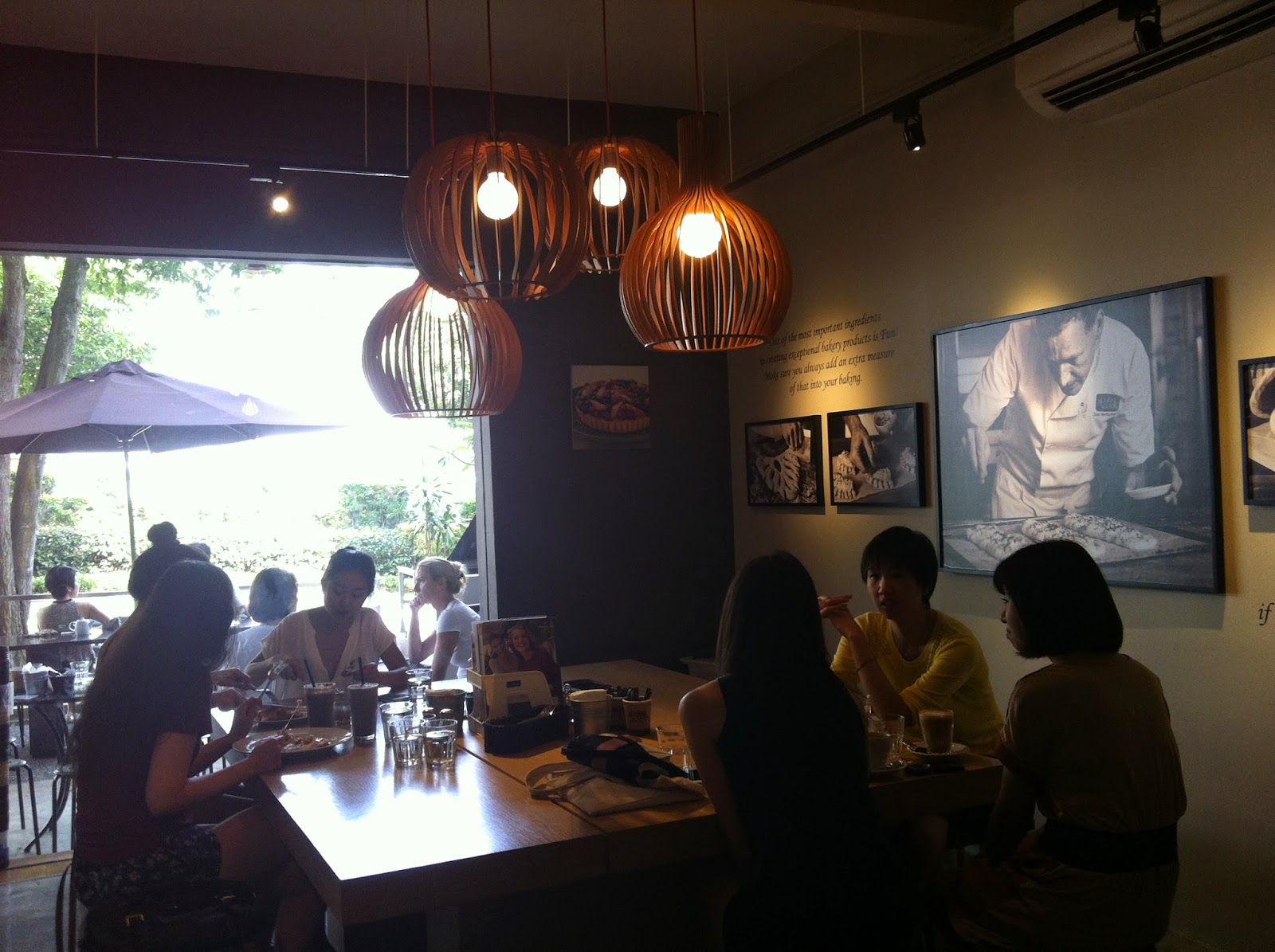Singapore is hot, hot, hot!
Other than the weather, Singapore's food is also a unique trait of this tiny red dot.
Since we are back for the summer, we decided to spend these two months traveling around Singapore to uncover the best food in town.
 |
| My dad and I striking the Sir Stamford Raffles pose |
Right in the nest of Singapore's central business district, lies a 191-year-old market, Telok Ayer Market, colloquially known as Lau Pa Sat. For the linguistically challenged, 'Lau' (老) means old, and 'Pa Sat' means market (it's the Hokkien [a Chinese dialect] pronunciation of the Persian loanword bazaar).
This is one of Singapore's oldest market, if not the oldest one.
It apparently has borne witness to even the events dated back to the founding of Singa
pore -the arrival of the first Chinese and Indian immigrants, the execution of Singapore's founder's (Sir Stamford Raffles) vision, the Japanese Occupation, and the emergence of a new nation we now know today as Singapore.
 |
| LOOK AT THE CROWD |
Lau Pa Sat attracts not just tourists, but many locals as well. We visited this market on a Monday, and it was packed. Besides the rich history of this local market, what makes Lau Pa Sat so iconic is the food -hawker food. Hawkers are very common in Singapore, and it is one of the unique traits this little country possesses. Lau Pa Sat is a hawker centre that boasts renowned hawkers who specialise in serving the best local food.
 |
| Lai Heng Fried Kway Teow |
The stall I went to was Lai Heng Fried Kway Teow. Long name, right? Let me break it down for you. Most hawkers name their stalls with what they sell. In this case, Fried Kway Teow.
What is fried kway teow? Behold...
 |
| Fried Kway Teow, 7/10 |
It's basically flat rice noodle (that's layman's terms for kway teow) stir-fried with dark soy sauce, egg, fishcake, and prawns. Beware of its high calorie count (744 kcal) and 29g of unsaturated fat. Here's a tip. Eat this (well, at least try it) and work out.
My favourite local food has got to be Hokkien Mee.
 |
| Hokkien Mee, 8/10 |
There are several variations of this dish (note, Singapore's Hokkien Mee is not the same as the one in Penang, or, really, elsewhere). It is stir-fried egg and rice noodles, topped off with the most important ingredient -prawns.
Another local favourite is fried carrot cake.
 |
| White carrot cake, 8/10 |
There's a white one and a black one and trust me, they both taste absolutely amazing.
This dish, also known as Chai Tow Kway, is basically radish cake stir-fried with eggs.
These three dishes are among the most common local delights you can find in Singapore's hawker centres.
 |
| Oyster Omelette, 7/10 |
What is not as common but also well-liked by the locals is Oyster Omelette, also known as Or Luak (Teochew pronunciation). There are, again, several variations of oyster omelettes. Or Luak consists of potato starch, eggs, and, you guessed it, oysters.
The dishes are cheap (of course not as cheap as other hawkers) with a price range of SD$3-5. Watch the fats, calories, and cholesterol though!
If you are wondering why these dishes are unhealthy, it is because these foods were originally served to labourers who preferred cheap meals but can provide them with enough energy to sustain through the day.
Despite the unhealthiness, you definitely have to try these local delights when you are in Singapore, and if possible, try this stall (just look at her -she obviously loves what she's doing. A dish cooked out of passion and love rules all.)
 |
| Hawker :) |
Just one last thing to add, Lau Pa Sat is truly an amazing place to visit, even if you don't try the food (but really, why won't you?). What struck me the most was the architecture.
It's so uniquely Singaporean.
Why?
Because it's a fusion -racial, religious, whatever.
 |
| Green cast-iron structure |
See the market's unique, octagonal, cast-iron structure? Those were designed by James MacRitchie (the municipal engineer who also oversaw the development of the MacRitchie Reservoir) in the late 1800s. They were shipped out from Glasgow by P&W MacLellan, and here's the cool part -these columns that support the structure clearly bear the maker's mark (well, that's what is said here on Wiki). These are obviously Victorian-styled.
And then let's look at the colour of these structures -green. Green is considered the traditional colour of Islam and symbolises nature and life.
 |
| Church Bells (I think) |
Another cool fun-fact: there are church bells in this market. They chime (well, something did, so I'm assuming the chiming came from the bells) every 15 minutes, and then a more grandeur one to signify the hour.
Also, needless to say, the colloquial term is obviously Chinese. The actual name is Malay (meaning bay water).
Yes, I know this is a food blog but I'm equally obsessed with history.
And lastly, according to my grandmother, this place used to flood every month. I don't know about you, but I'm starting to feel a connection to this timeless market.
Now, isn't Lau Pa Sat a splendid place to visit?
Overall Rating -Hot
- Taste: 7/10
- Price: Low Range, 8/10
- Decor: 7/10
- Service: Self-service
Credits
1.
http://www.hpb.gov.sg/HOPPortal/gamesandtools-article/HPB-047540
2.
http://goseasia.about.com/od/singaporepeopleculture/ss/Hawker-Food-Lau-Pa-Sat-Festival-Market-Singapore_2.htm








































